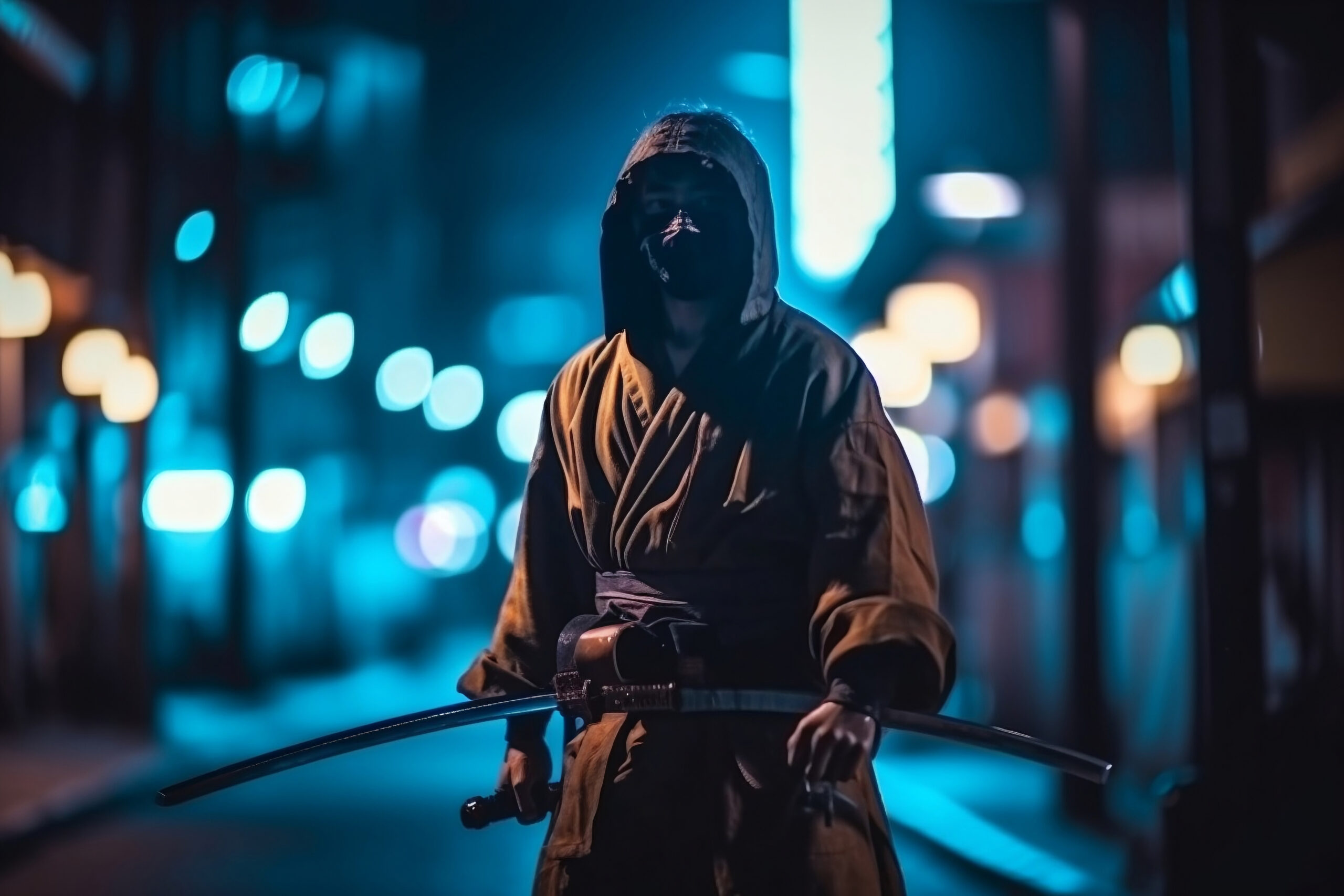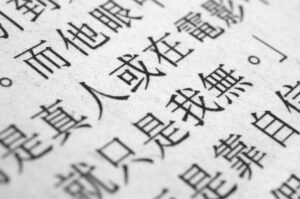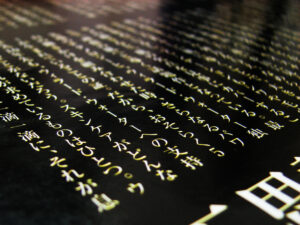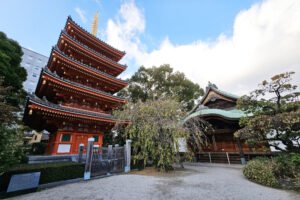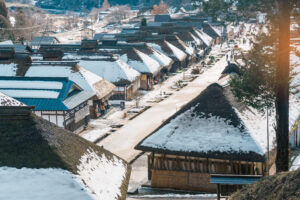In the vast tapestry of martial arts, few disciplines are as shrouded in mystery and intrigue as Ninjutsu, Japan’s ancient art of the ninja. This shadowy practice, born from the need for espionage and guerrilla warfare, has fascinated the world with its silent steps and whispered legends. As we peel back the layers of history, we unearth the truths behind Ninjutsu, exploring its origins, techniques, and enduring legacy. Journey with us through Japan’s shadowy past as we unveil the secrets of the ninja, from their ancient roots to their modern-day incarnations.
Unveiling Ninjutsu: The Shadows of Japan’s Past
Ninjutsu, often perceived through a mist of legend and pop culture, stands as a testament to Japan’s rich historical complexity. This martial art, synonymous with espionage, sabotage, and assassination, emerged from the need for stealth tactics against adversaries. The shadows of history conceal much of Ninjutsu’s early existence, primarily because its practitioners veiled their activities in secrecy. Nonetheless, historical texts and artifacts provide glimpses into its origins, suggesting that Ninjutsu developed during Japan’s tumultuous feudal era. The art evolved over centuries, shaped by the changing dynamics of Japanese warfare and politics. Ninjutsu’s legacy is not merely one of combat but of survival, intelligence, and adaptability, reflecting the nuanced socio-political landscapes of its time.
The Origin Story: Ninjutsu’s Ancient Roots
The roots of Ninjutsu stretch deep into Japan’s past, intertwining with the historical narratives of the samurai and the secretive shinobi. Scholars trace the origins of Ninjutsu to the Iga and Koga regions, where natural terrain provided the perfect setting for this clandestine art to flourish. These early ninja were often disillusioned samurai or peasants, driven to develop unconventional warfare strategies. The genesis of Ninjutsu is a tale of resistance, a response to the rigid structures of feudal Japan, offering an avenue for the disenfranchised to assert their power. Ancient scrolls and manuals, such as the Bansenshukai, detail the philosophies and techniques that guided these shadow warriors, offering a window into their secretive world.
Masters of Stealth: The Life of a Ninja
The life of a ninja was one of discipline, cunning, and invisibility. Far from the caricatures portrayed in modern media, real ninjas were experts in blending into their surroundings, masters of espionage who valued information over confrontation. Their training encompassed a wide array of skills, from martial arts to the art of disguise, and even knowledge of poisons and explosives. The ninja operated under cover of darkness, employing strategies of deception and psychological warfare to unsettle enemies. They were also adept at gathering intelligence, infiltrating enemy ranks, and disrupting supply lines, making them invaluable assets in warfare.
The Ninja Toolkit: Weapons and Gadgets Uncovered
Ninjas are often associated with an iconic arsenal: the silent shuriken, the versatile katana, and the deceptive smoke bomb. Beyond these, their toolkit included an array of specialized weapons and gadgets designed for espionage and assassination. The kusarigama, a sickle attached to a weighted chain, allowed for striking from a distance and disarming opponents. Grappling hooks facilitated stealthy entry into fortified locations, while hollowed-out reeds served as breathing tubes for underwater missions. Ninjas also employed a variety of poisons and explosives, understanding their effects with a precision that belied a deep knowledge of chemistry and pharmacology.
Hidden in Plain Sight: The Art of Camouflage
The ninja’s ability to become virtually invisible was not solely dependent on physical concealment but also on their mastery of Hensojutsu, the art of disguise. Ninjas could transform into farmers, monks, or merchants, seamlessly blending into their environments. This skill extended beyond mere costume changes; it involved adopting mannerisms, dialects, and cultural nuances, making their disguises all but impenetrable. This aspect of Ninjutsu highlights the psychological acuity of ninjas, their understanding of social dynamics, and their commitment to the principle that the best way to hide is often in plain sight.
The Ninja’s Creed: Codes and Philosophies
Contrary to popular belief, ninjas adhered to a complex code of conduct and a deeply philosophical worldview. At the heart of Ninjutsu was the concept of Ninpo, which emphasized stealth, intelligence, and the avoidance of unnecessary conflict. This ethos was not born of cowardice but of pragmatism, valuing the achievement of objectives through the most efficient means possible. Ninjas also followed a moral code that prioritized loyalty, honor, and the greater good, often placing the needs of their clan or employer above their own. This framework guided their actions, ensuring that their skills were employed not for personal gain but in service of a higher cause.
Ninjutsu in Warfare: Strategies and Missions
In the tapestry of Japanese warfare, ninjas played a pivotal role, executing missions that ranged from reconnaissance to targeted assassinations. Their strategies reflected a deep understanding of psychological warfare, often employing tactics designed to intimidate and demoralize opponents. Ninjas were instrumental in gathering intelligence, using their skills to infiltrate enemy lines and relay critical information back to their commanders. They also engaged in sabotage, disrupting enemy supply lines, and creating diversions, proving that in the art of war, information and chaos could be as potent as brute force.
Training the Shadow Warriors: The Making of a Ninja
The path to becoming a ninja was arduous, requiring years of rigorous training that honed the body and mind. Aspiring ninjas learned not only the martial aspects of Ninjutsu but also a broad curriculum that included strategy, survival skills, and even elements of psychology. Training emphasized adaptability, encouraging students to think creatively and use their environment to their advantage. This comprehensive education ensured that ninjas were not merely fighters but thinkers, capable of navigating the complex social and political landscapes of feudal Japan.
Legends and Myths: Separating Fact from Fiction
The legend of the ninja is a blend of historical truth and myth, shaped by centuries of folklore and modern pop culture. While tales of supernatural abilities, such as invisibility and teleportation, have captivated the imagination, they obscure the true nature of Ninjutsu. Real ninjas were practitioners of a highly disciplined martial art, grounded in the realities of their time. By separating fact from fiction, we appreciate Ninjutsu not as a collection of fantastical powers but as a testament to human ingenuity and resilience.
Ninjutsu Today: From Historical Art to Modern Practice
Ninjutsu has transcended its historical roots to become a modern martial art, practiced by enthusiasts around the world. Contemporary Ninjutsu schools, while varying in their approach, strive to preserve the techniques and philosophies of the ancient ninja. This modern incarnation emphasizes self-defense, physical fitness, and mental discipline, embodying the spirit of Ninpo in a contemporary context. The global community of Ninjutsu practitioners is a testament to the enduring legacy of the ninja, bridging the past and present.
Preserving the Legacy: Ninjutsu in Contemporary Culture
Ninjutsu’s influence extends beyond the dojo, permeating popular culture through movies, books, and video games. This cultural fascination has played a crucial role in preserving and disseminating the legacy of the ninja. Museums and historical sites in Japan, such as the Iga-ryu Ninja Museum, offer insights into the life and techniques of the ninja, helping to educate the public about this enigmatic art. Through these cultural expressions, Ninjutsu remains a vibrant part of Japan’s heritage, inspiring curiosity and admiration around the globe.
Beyond the Shadows: The Global Influence of Ninjutsu
The legacy of Ninjutsu has spread far beyond the shores of Japan, influencing martial arts and strategic thinking worldwide. Its emphasis on intelligence, adaptability, and psychological warfare has found resonance in various fields, from military strategy to business. The global fascination with ninjas has fostered a sense of unity among practitioners, transcending cultural and linguistic barriers. As Ninjutsu continues to evolve, it carries with it the wisdom of the past, offering timeless lessons in resilience, strategy, and the art of invisibility.
